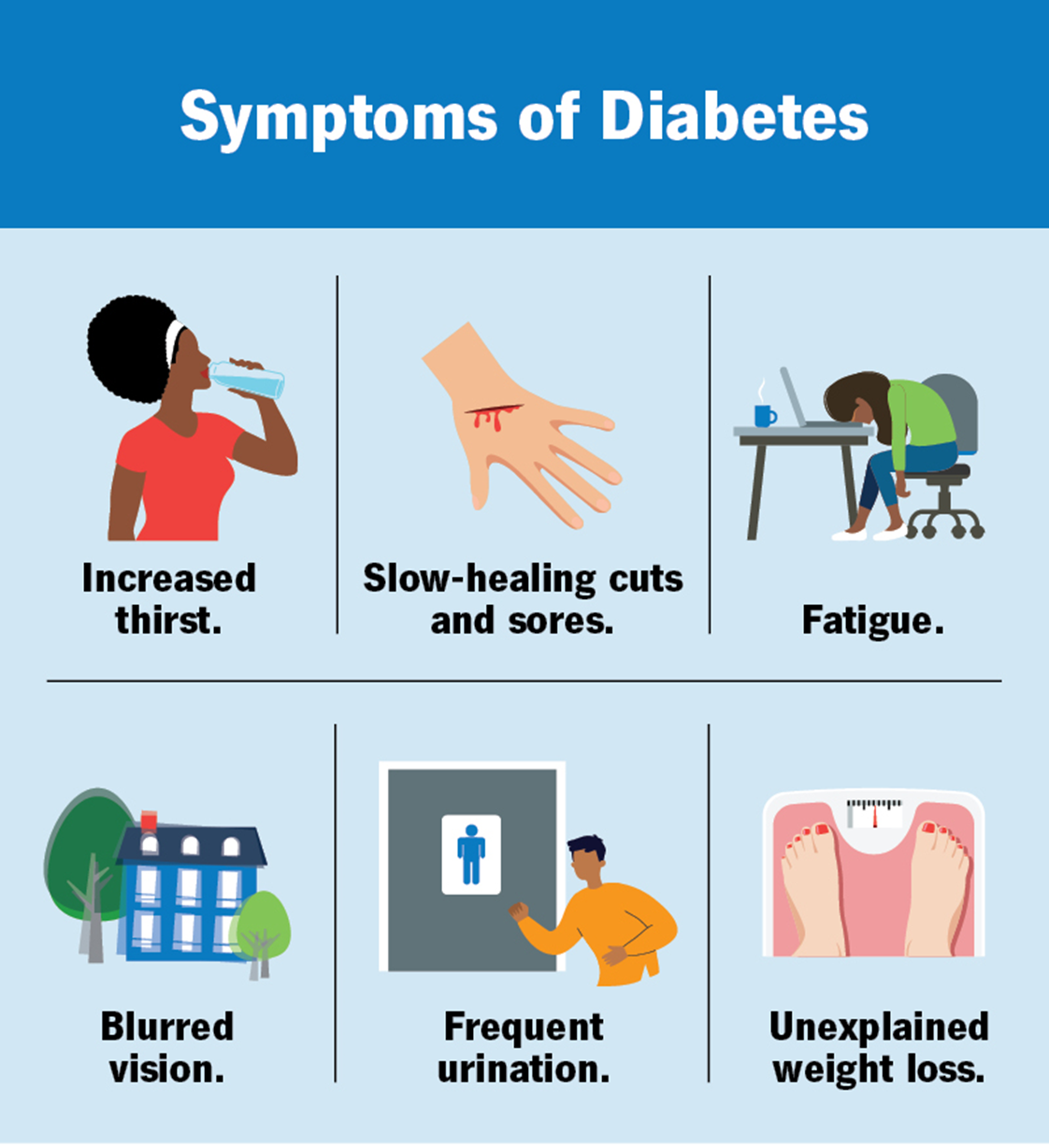A nurse is preparing a client with Crohn’s disease for a barium enema. What should the nurse do the day before the test?
Encourage dietary intake
Encourage plenty of fat
Serve dairy products
Order a high-fiber diet
The Correct Answer is D
Order a high-fiber diet
Choice A Reason:
Encourage dietary intake
Encouraging dietary intake is generally important for maintaining nutritional status, but it is not specific to the preparation for a barium enema. The preparation for a barium enema typically involves dietary restrictions to ensure the colon is clear for the procedure. Therefore, this choice is not correct.
Choice B Reason:
Encourage plenty of fat
Encouraging plenty of fat is not appropriate for the preparation of a barium enema. High-fat foods can slow down the digestive process and may interfere with the clarity of the images obtained during the procedure. Therefore, this choice is not correct.
Choice C Reason:
Serve dairy products
Serving dairy products is not recommended before a barium enema. Dairy products can cause gas and bloating, which can interfere with the procedure. Additionally, some patients may be lactose intolerant, which can further complicate the preparation. Therefore, this choice is not correct.
Choice D Reason:
Order a high-fiber diet
Ordering a high-fiber diet is the correct choice. A high-fiber diet helps to clear the intestines by promoting bowel movements. This is important for ensuring that the colon is empty and clear for the barium enema, which allows for better imaging and more accurate results.
Nursing Test Bank
Naxlex Comprehensive Predictor Exams
Related Questions
Correct Answer is A
Explanation
The correct answer is a) 1 cup of milk.
Choice A reason: One cup of milk contains approximately 15 grams of carbohydrates. Milk is a good source of carbohydrates, protein, and calcium, making it a suitable option for maintaining blood glucose levels during exercise. It is important for individuals with diabetes to monitor their carbohydrate intake to manage their blood sugar levels effectively.

Choice B reason: Half a cup of regular ice cream contains around 15 grams of carbohydrates. However, ice cream also contains high levels of sugar and fat, which may not be the healthiest option for regular consumption, especially for individuals with diabetes. While it can be included occasionally, it is better to choose healthier carbohydrate sources.
Choice C reason: One slice of bread typically contains about 15 grams of carbohydrates. Bread, especially whole grain or whole wheat varieties, can be a good source of carbohydrates for individuals with diabetes. It provides fiber, which helps in maintaining stable blood sugar levels.
Choice D reason: One cup of sugar-free yogurt does not contain 15 grams of carbohydrates. Sugar-free yogurt usually has fewer carbohydrates compared to regular yogurt. It is important to read the nutritional labels to determine the exact carbohydrate content. Regular yogurt, on the other hand, can be a good source of carbohydrates.
Correct Answer is A
Explanation
Choice A Reason:
Occasional palpitations are a common symptom of supraventricular tachycardia (SVT) with a non-sustained ventricular response. Palpitations are sensations of a rapid, fluttering, or pounding heartbeat, which occur due to the irregular and fast heart rate characteristic of SVT. These palpitations can be intermittent and may vary in intensity, often causing discomfort and anxiety in patients.
Choice B Reason:
Weakness can be associated with SVT, but it is not as specific or common as palpitations. Weakness may occur due to the reduced cardiac output and decreased perfusion to the muscles during episodes of rapid heart rate. However, it is not the primary symptom that nurses would anticipate in patients with SVT.
Choice C Reason:
Shortness of breath is another symptom that can occur with SVT, especially during prolonged episodes. The rapid heart rate can lead to decreased efficiency in blood circulation, causing the patient to feel breathless. While shortness of breath is a significant symptom, palpitations are more directly associated with the diagnosis of SVT.
Whether you are a student looking to ace your exams or a practicing nurse seeking to enhance your expertise , our nursing education contents will empower you with the confidence and competence to make a difference in the lives of patients and become a respected leader in the healthcare field.
Visit Naxlex, invest in your future and unlock endless possibilities with our unparalleled nursing education contents today
Report Wrong Answer on the Current Question
Do you disagree with the answer? If yes, what is your expected answer? Explain.
Kindly be descriptive with the issue you are facing.
